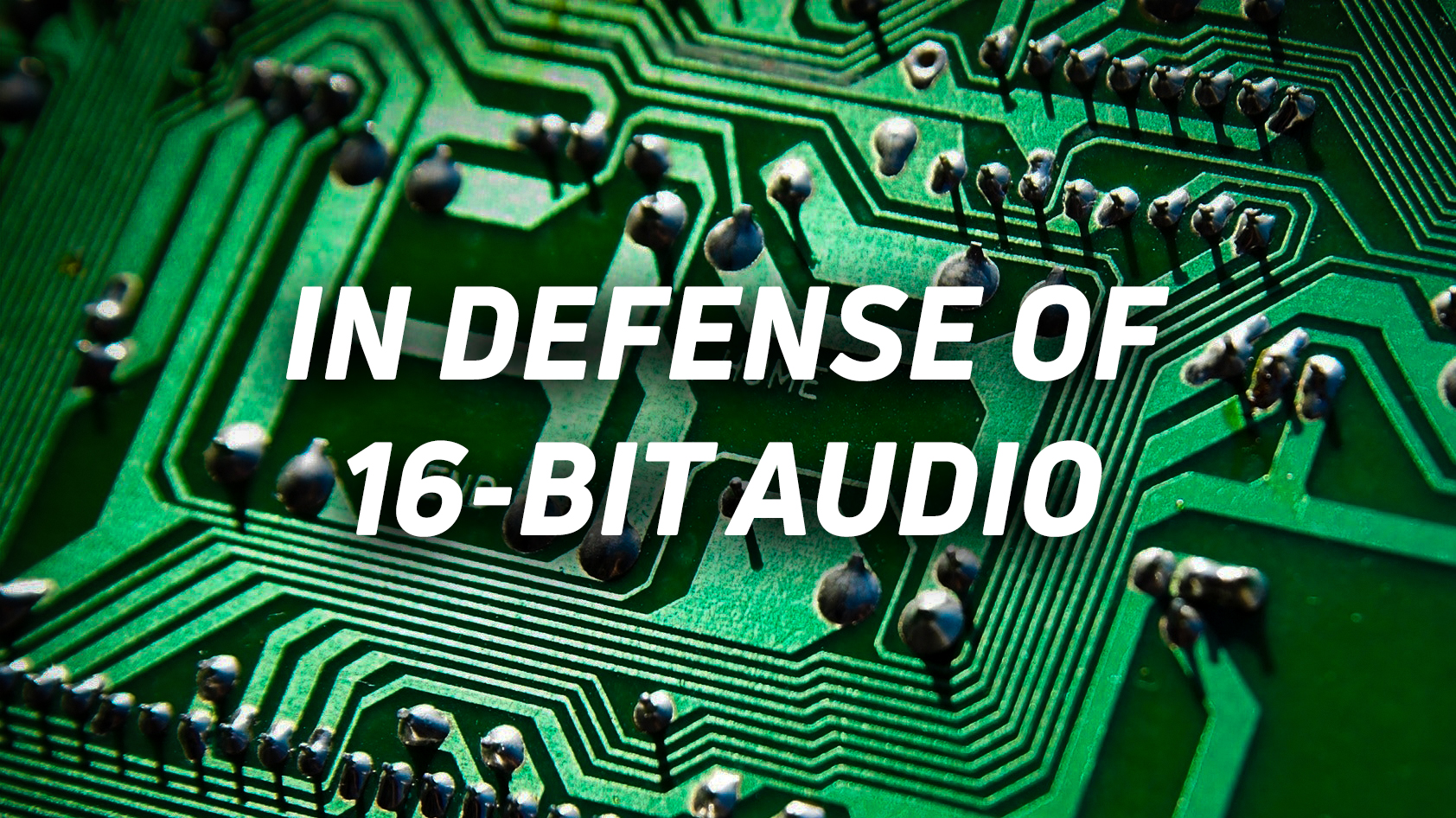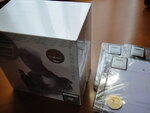That makes sense and I think the key thing is the first sentence. When we can digitise an analog instrument or human voice at a resolution fine enough to be imperceptible from analog, and then convert back to audio at the same rate, then the bit rate - and analogue vs digital arguments - will all be irrelevant. It's just a matter of time (and money) to have the equipment capable enough to do the A/D and D/A conversion in real time.
It's right about the frequency range too. Given that string instruments produce sympathetic harmonics at octaves (and other intervals) above and below the note played. These reinforce the main note and add to the character of the instrument.
What happens when you pluck a taut string, exactly? The obvious answer is that it produces a note, but in fact the result of plucking a string is far more complex. What we think we hear as a note a…

laurierileymusic.com








